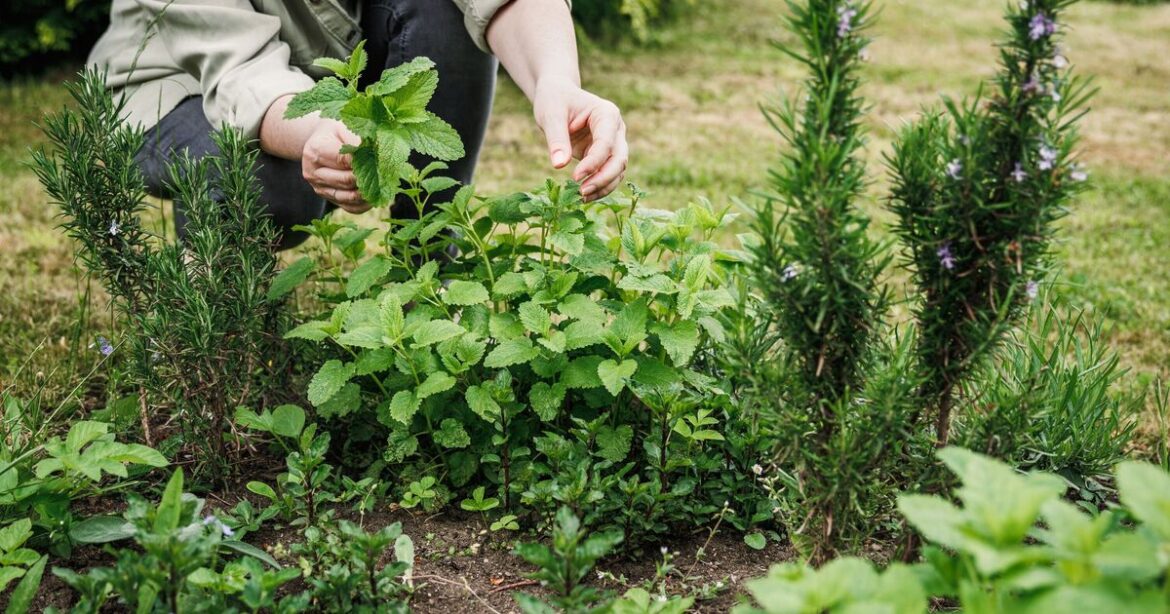Mint is a long-time favourite for many in their gardens. Not only is it a nice plant to look at, but it is also a common staple in the kitchen, serving as a great addition to salads, sauces, pesto or even a mojito on a sunny bank holiday weekend. Mint is also very easy to grow and can thrive in a variety of conditions including in different types of soil.
However, there is one lesser-known mistake that many of us can easily make when planting mint in the garden. Experts at Gardenia have urged gardeners not to plant mint in the ground near vegetables.
Planting mint in the ground near vegetables can hinder your other vegetable crops.
Even if the original plant is removed, mint plants can travel long distances and establish new plants by spreading through underground rhizomes.
According to the experts, mints are “very vigorous” and can be an aggresssive spreader through stolons, quickly choking out other nearby plants.
To avoid these problems, plant mint in pots or raised beds, or use root barriers when planting it in the ground to avoid this from happening.
While it is important to contain mint, it can also prove to be particularly useful in the garden for companion planting by helping other plants to attract pollinators, deters pests, and improve soil health.
Thanks to its strong scent, mint can act as an organic pest repellent and deter unwanted pests such as cabbage moths, ants, aphids or black flies.
The three worst companion plants for mint according to Gardenia, are oregano, parsley and rosemary.

